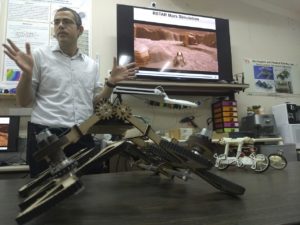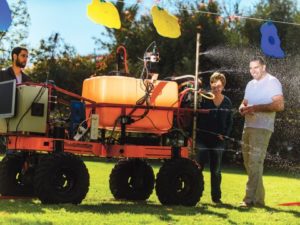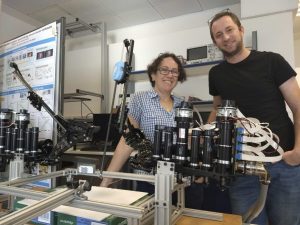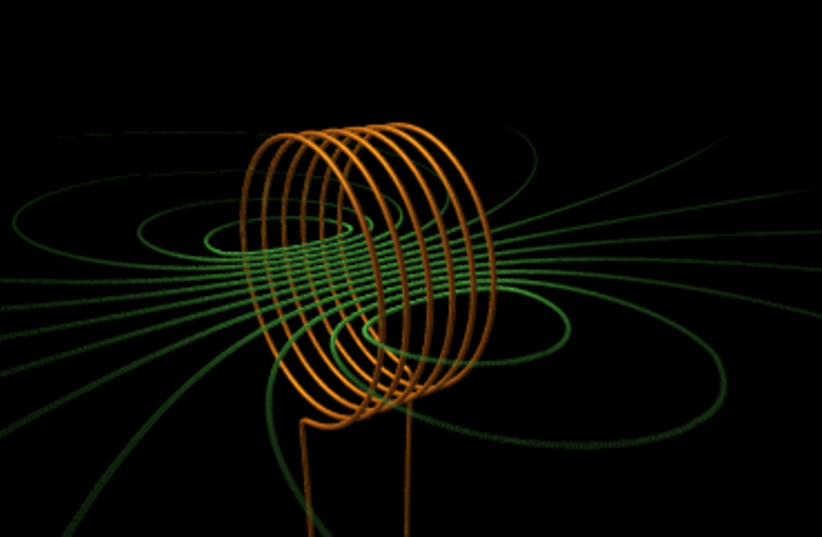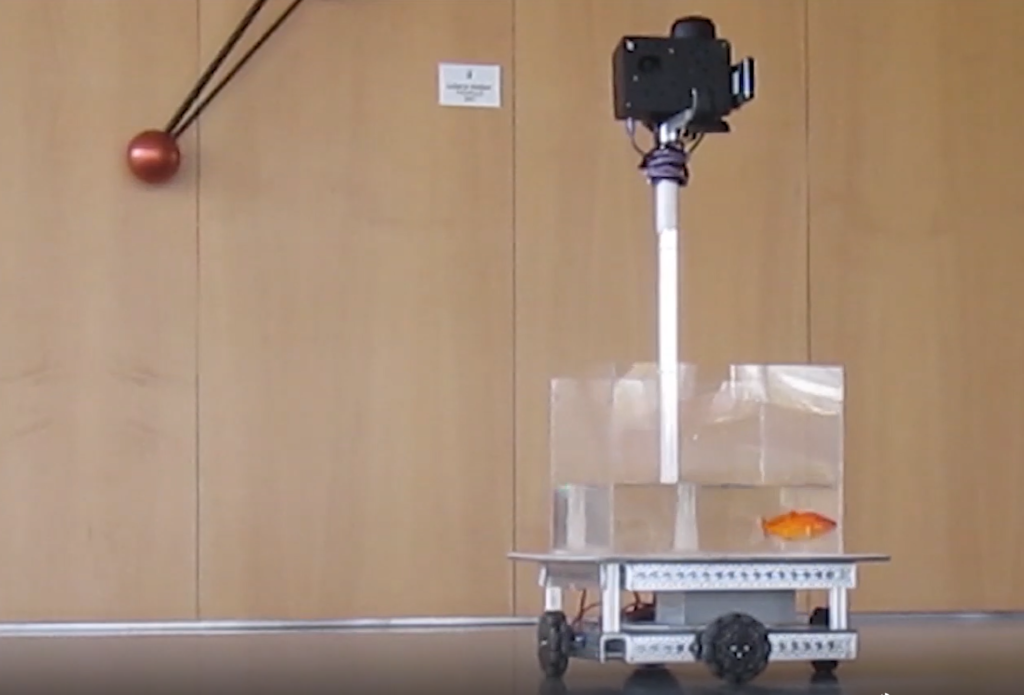
How BGU Is Creating Robotic Life in the Desert
How BGU Is Creating Robotic Life in the Desert
July 31, 2018
By Maya Mirsky, an Americans for Ben-Gurion University Fromson Fellow from the 2018 Murray Fromson Journalism Fellowship.
J Weekly – Deep in the heart of Israel’s southern desert, scientists at Ben-Gurion University of the Negev are quietly and passionately working on inventions that could change our daily lives.
“BGU, in robotics, is at the leading front end,” says Prof. Yael Edan, head of BGU’s ABC Robotics Initiative, a program that encourages scientists to push the boundaries of the field.
In his lab, Dr. David Zarrouk, director of BGU’s Bio-Inspired and Medical Robotics Lab and a lecturer in the Department of Mechanical Engineering, is rummaging around, looking for a robot that works.
“We’ll try to run the robot that didn’t break…yet,” he says, smiling as he placed a contraption on the floor.
BGU has pushed to make itself a premiere institute for robotics, both in Israel and abroad.
“Robotics is one of BGU’s specialties,” says Ehud Zion-Waldoks, the University’s liaison for foreign media. “We’ve been doing this for a lot of years.”
In Dr. Zarrouk’s lab, nicknamed “The Toy Store,” researchers build prototypes that are deceptively minimalist, made from wood or 3D-printed plastic, and based on natural movements. The idea is to design robots that can move with the efficient ease of nature, such as the waves an eel makes to propel itself through water or the spindly legs of an insect that can flatten itself into a crack.
“We take ideas,” Dr. Zarrouk says. “We don’t try to copy nature.”
His cockroach-inspired STAR (Sprawl-Tuned Autonomous Robot), with its big spoke-like wheels, can flip itself over and change the angle of its wheels to squeeze under things, climb through rocks or sand, or even travel propped between two vertical walls. The SAW (single actuator wave) robot mimics the mechanical locomotion of legless creatures like snakes to speed along the ground. His invention of a robotic arm has a motor that moves from joint to joint and is intended for space-station repairs. The biomedical “worm” uses a simple scooting motion to propel itself through a tube — and maybe one day, a human body.
These inventions use simple ideas to solve complex engineering problems.
Dr. Zarrouk has also come up with a one-motor robot that can move in all directions, the kind of trick that looks easy once it’s done but was previously considered impossible. Now Dr. Zarrouk finds himself a record-setter.
“We asked if we could have a Guinness record but we can’t,” he says. “You know why? Because it can’t be broken.”
These kinds of clever solutions are typical of the research that scientists are doing at BGU.
Dr. Ilana Nisky, director of the Biomedical Robotics Lab and the first female faculty member in BGU’s Department of Biomedical Engineering, is all about robotic surgery, where a device of knives and scalpels is operated remotely by a surgeon.
Her research examines the way people both perceive and adjust their motions under different circumstances, and how those results might affect a surgeon working remotely. For example, if there’s a time delay in the process, Dr. Nisky wants to alleviate any adverse effects that might result from that.
If the surgeon is not in the room with the patient, the question arises as to how to compensate for lags in information between what the surgeon sees and feels and how the robot reacts.
“You can’t transmit the information faster than the speed of light,” Dr. Nisky says. “There’s always going to be a delay. That’s going to be a problem for you.”
The push to make BGU a university known for its creativity seems to be paying off in the way it’s attracting new talent.
When Dr. Guy Avraham finished his undergraduate degree in biology at The Hebrew University of Jerusalem, he decided to pursue his master’s degree at BGU.
“I wanted to go more into the relationship between robotics and biological research,” Dr. Avraham says. “Because I think we can use the technology to both understand how the brain works and to use it for rehabilitation.”
The research he saw at BGU got him intrigued, and he ended up earning both a master’s and a Ph.D. there, finishing up his degree under Dr. Nisky. As part of his master’s he ran his own version of the famous Turing Test, which judges how well artificial intelligence can mimic a human. In Avraham’s version, he tested robot handshakes, and ran a tournament with researchers to see who could come up with the most realistic version to confuse humans.
“Once you get software or computers or robots to move in a way indistinguishable from humans, it can be applied to many human-robot interactions,” says Dr. Avraham.

